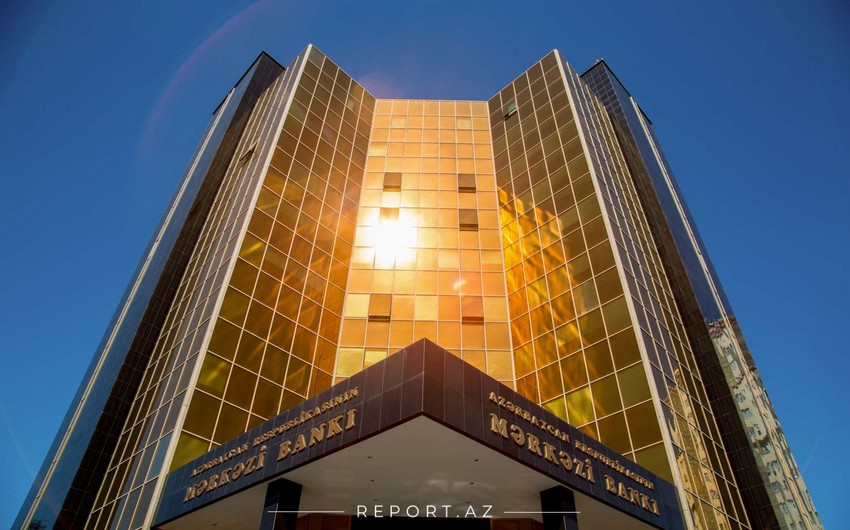The Board of the Central Bank of Azerbaijan (CBA) has decided to activate a countercyclical capital buffer at 0.5% of banks' total capital and Tier 1 capital, Report informs via the CBA.
The new regulation will take effect from March 1, 2025.
The decision was based on an analysis of the credit "gap" (the difference between the credit-to-GDP ratio and the average of this ratio over past periods), which was 2.9% according to the latest assessment. This indicator exceeds the established threshold of 2%, making the activation of the countercyclical capital buffer relevant. The regulator emphasized that the main factors behind this decision were the high dynamics of lending growth, profitability, and financial stability of the banking sector.
According to CBA data, at the end of November 2024, annual credit portfolio growth was 19.6%, which is twice the growth of the country's nominal non-oil GDP. Of the 22 banks operating in Azerbaijan, 19 showed credit portfolio growth, with 14 of them exceeding the country's nominal non-oil GDP growth rate. In the first 11 months of 2024, banks' net profit was 966 million manats, with return on equity (ROE) reaching 18.4%.
The sector's total capital exceeds 6 billion manats, and the capital adequacy ratio (CAR) was 17.5%. Under these conditions, banks are paying dividends: 456 million manats in 2023 and 610 million manats in 2024. After introducing the countercyclical buffer, risk-weighted assets will amount to 18.7 billion manats. This indicates significant potential remains for banks to expand their credit portfolios.
The two-month delay will allow banks to incorporate the new standard into their strategic planning, budgeting, and capitalization and dividend policies.
The countercyclical capital buffer, developed in accordance with Basel Committee recommendations, aims to increase banking sector resilience and support financial stability. This tool will help maintain resilience to possible economic shocks and ensure continuity of lending activities, according to the regulator's statement.





















